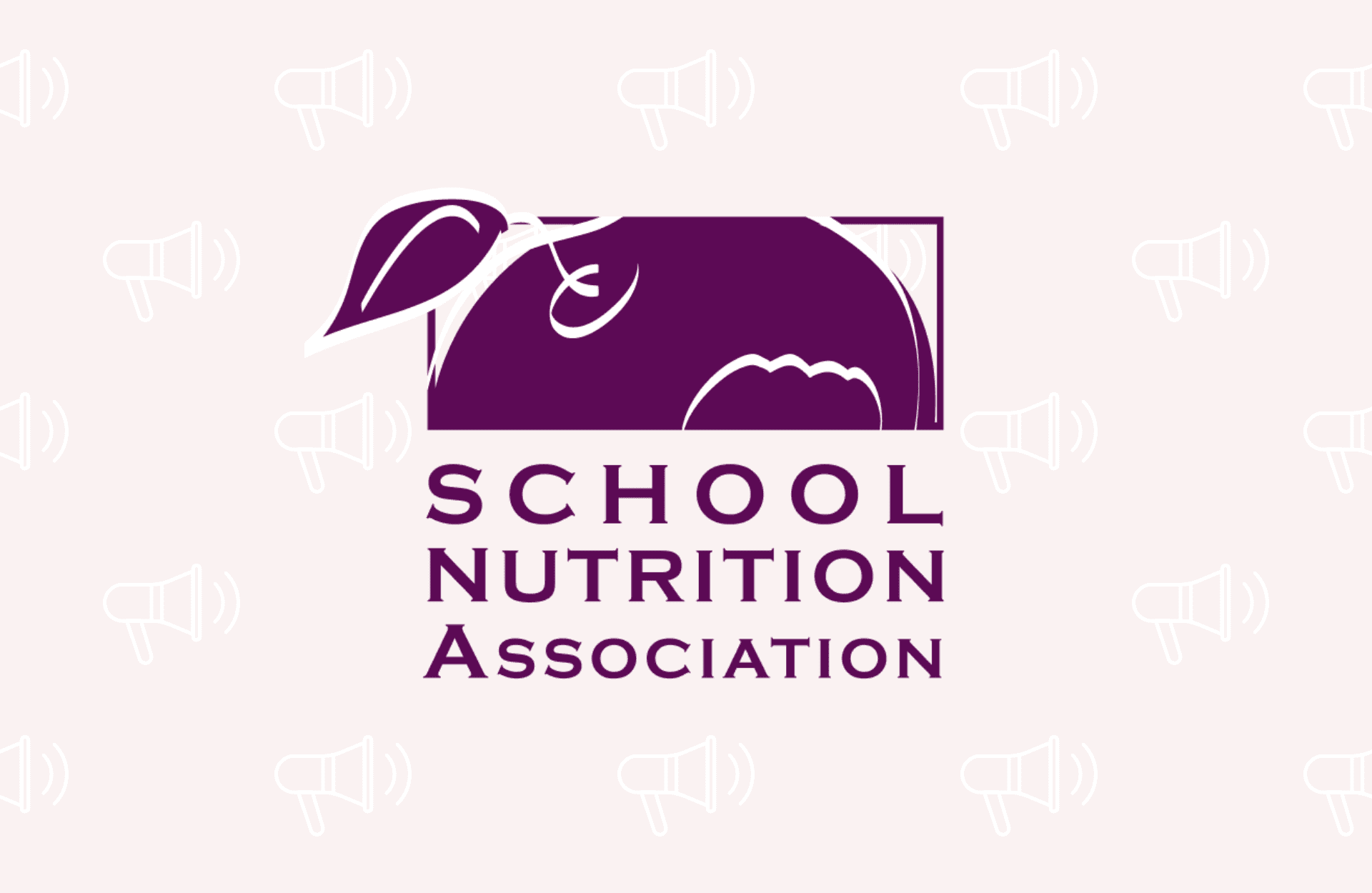USDA Releases Proposed Long-Term Nutrition Standards
USDA has released proposed long-term nutrition standards for school meals. The proposed rule –Child Nutrition Programs: Revisions to Meal Patterns Consistent with the 2020 Dietary Guidelines for Americans – most notably would phase in new limits on added sugars and additional sodium reductions in school meals.
Visit USDA’s website for:
- infographics detailing the proposed requirements,
- a timeline for implementation,
- a comparison chart of current and proposed standards
- and frequently asked questions about the rules.
SNA’s press release in response to the proposal urges USDA to maintain current standards.
“Research shows students receive their healthiest meals at school, thanks to current nutrition standards,” said SNA President Lori Adkins, MS, SNS, CHE. “As schools nationwide contend with persistent supply chain, labor and financial challenges, school meal programs are struggling to successfully maintain current standards and need support, not additional, unrealistic requirements.”
SNA will submit detailed comments in response to the proposed rule and continue discussions with USDA officials on ways to support school meal programs and ensure student acceptance of healthy school meals. SNA members should stay tuned for more information on how to participate in the 60-day comment process on the proposed rule.
USDA’s press release on the proposal acknowledged the hard work of school nutrition professionals.
“When millions of kids across the nation needed a place to turn for food during the pandemic, school food service professionals answered the call in a heroic way,” said Cindy Long, FNS Administrator. “Their tireless work hasn’t stopped, as they’re continuing to serve high quality meals, even while enduring supply chain disruptions and high food costs. We recognize these challenges and are steadfast in helping our partners serve the most nutritious meals, while allowing time for gradual improvements that will make these gains achievable and sustainable.”
Related Articles

Congress Passes Mega Bill that Harms School Meal Programs
Read More





